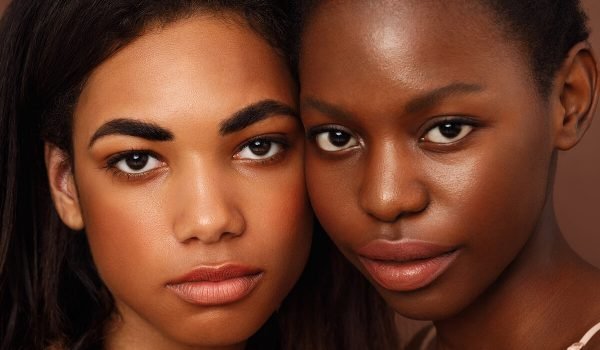Hopping on a hair care routine can be as confusing as it is vital. With plenty of products to choose from, understanding the right way to use them is crucial. Of course, the classic combo of shampoo and conditioner plays an important role.
Also, the emergence of shampoo and conditioner bars has given a fun twist to this hair care product. These eco-friendly alternatives are environmentally conscious without compromising on quality. But, even with these innovations, a question remains. In what order should we use these products for the best results?
Table of Contents
The Shampoo First Method
Shampoo, whether in a liquid form or as a bar, is designed to cleanse. It removes dirt, oil, and product buildup from the scalp and hair. The shampoo ingredients work to lift away unwanted elements, leaving your hair ready for the next step. For most people, shampooing before conditioning makes sense.
Conditioner After The Shampoo
Following shampoo, the conditioner is the next step. The primary use of a conditioner is hydrating and nourishing the hair. Conditioners smooth out the hair cuticles that shampoo might have affected, sealing in moisture and adding a protective layer. This step is important for preventing damage, reducing frizz, and adding shine.
Exception to the Rule: Co-Washing
There’s an exception to every rule, and in hair care, it’s co-washing. Co-washing involves using conditioner, or a conditioner-like product, to wash the hair with. This method is beneficial for people with dry, curly, or coarse hair. Co-washing can help maintain moisture and protect hair from the stripping effects that some shampoos can have.
Understanding Your Hair Type
Creating a personalized hair care routine is important as it varies depending on factors like hair type, texture, and the condition of your scalp. Oily hair might require more frequent shampooing, while dry or damaged hair might benefit from applying more conditioner.
The Method Matters
The way you use shampoo and conditioner is as important as the order. Applying shampoo primarily to the scalp, massaging gently, and rinsing properly is key. When you apply conditioner, you should focus on the mid-lengths and ends of your hair, where hydration is most needed.
Shampoo and Conditioner Bars
In todays ever-evolving beauty industry focusing on environmental friendliness, shampoo and conditioner bars are a game-changer. Using these bars follows the same principles as traditional liquid ones. Shampoo to cleanse and conditioner to nourish. However, they bring the added benefit of reduced plastic waste and a smaller carbon footprint. This is, if you ask me, quite a valuable selling point for shampoo and conditioner bars and I would personally always go for them.
Tailoring to Your Needs
The beauty of a hair care routine is in its flexibility. Adjusting your use of shampoo and conditioner to fit your hair’s needs is important. If you have color-treated hair, for example, you should go for products that are specifically designed to protect and prolong your color. Similarly, those with fine hair might look for shampoos for volume and lightweight conditioners. Listening to feedback from your hair and understanding its unique characteristics will get you to the right products and usage order.
Navigating and Understanding Myths and Misconceptions
Hair care is filled with myths and misconceptions. One such myth is that switching the order of shampoo and conditioner can benefit your hair. While experimenting is fine, you should know that shampoos and conditioners are formulated to perform their specific roles effectively in the order they are traditionally used. Shampoo cleanses and prepares the hair, while conditioner seals in moisture and nutrients. So, remember to shampoo first then condition.
The Frequency Factor
How often should you use these products you may ask? This question doesn’t have a straight answer because it is conditioned by various factors for every individual. It depends on various factors, including your hair type, lifestyle, and even the climate you live in. In general, over-washing can strip your hair of its natural oils, leading to dryness and breakage, while under-washing can lead to buildup and scalp issues.
Advanced Hair Care Tips
For people looking to improve their hair care routine, consider treatments like hair masks or leave-in conditioners. These products can provide deep conditioning and address specific hair concerns like damage repair or curl definition. Remember, these treatments typically follow the shampooing process and can sometimes replace your regular conditioner.
The hair care perfection is highly personal. Whether you prefer traditional liquid products or innovative shampoo and conditioner bars, the core principles remain the same. Start with shampoo to cleanse and follow with conditioner to nourish. Beyond this, listen to your hair, be mindful of its needs, and don’t be afraid to adjust your routine as those needs change. In hair care, as in life, flexibility and adaptability are key to achieving the best results.





